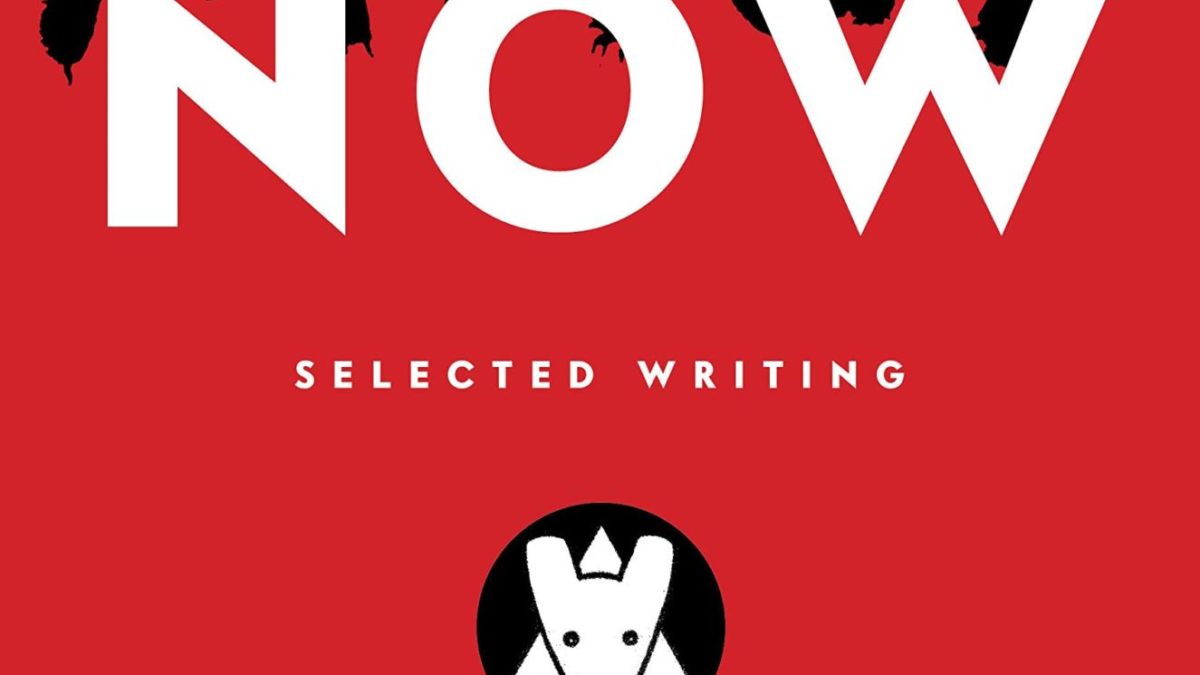Art Spiegelman published his graphic novel Maus in 1986. It was a book that became instantly popular and adored.
The film did not try to minimize the horrors of the Holocaust or the insanity and madness that accompanied the genocide.
It never tried to “cutesy” up the animals, but instead relied on the anthropomorphism in order to emphasize the cruelty and tragedy.
Spiegelman’s blunt line drawings and black ink colors conveyed the harsh reality of Jewish life in the rising tides of Hitler’s war and made you feel as cold as those mice who were used as examples.
What Maus has done for my generation, who still have family members suffering from the trauma caused by those concentration camps, is to bring multiple genres together (comics and history) and demonstrate how they can be powerful when combined, as well as why comics are the perfect medium for telling heartbreaking stories.
In Maus now editor Hillary Chute has collected essays from renowned authors who were inspired by the books.
Ken Tucker’s 1985 essay Cats and Mice: The Avant-Garde in Comic Strip delves deep into Spiegelman’s Raw Magazine Comic Strip. Tucker includes interviews with the artist as well as his personal take on the parallels between the Nazis’ view of all Jews being vermin and the way mice are used as Jews.

Thomas Doherty, in Art Spiegelman’s Maus: graphic art and the Holocaust by Thomas Doherty (originally released in 1996 and updated for this book), examines how difficult it is to label Maus as a simple “graphic novel”, and what significance Spiegelman’s use of cross hatching and stark negative space has against Nazi “perfection”. And in Terence Despres’ Holocaust Laughter from Terence DesPre? De Pres’ 1988 work, Holocaust Laughter takes a close look at the humor that is used to convey the horrors of Nazi Germany.
This collection of essays is just one example of the wonderful work that goes into Maus Now. It combines literary criticism with philosophy, history, social constructs, and media studies to show why maus continues to impact its audience even after four decades. This approach produces a work of great depth that pays homage to the groundbreaking graphic novel/biography about family.
It is more important than ever that Art Spiegelman’s groundbreaking work, which uses the medium to tell stories in an unusual and artistic way, be made available and understood by the general public. In all honesty, many graphic novels are dismissed by the public because they do not understand the power of using comics to convey important messages in an unusual way.
Chute’s Book disseminates Mausin such a way as to make it obvious that it is much more than a “comic”. It gives it a feeling of importance, legitimacy and it makes it more difficult for an uninformed school board to dismiss it simply because it was a comic strip book filled with inappropriate language and nudity. This is exactly what the McMinn county School Board did in Tennessee.
If you’ve read Mao many times over the years, and want a companion book to go with it, Maus Nowis a must-read. This collection is a powerful and insightful set of essays that tells one of the greatest stories in history. It may even be needed now more than ever.

